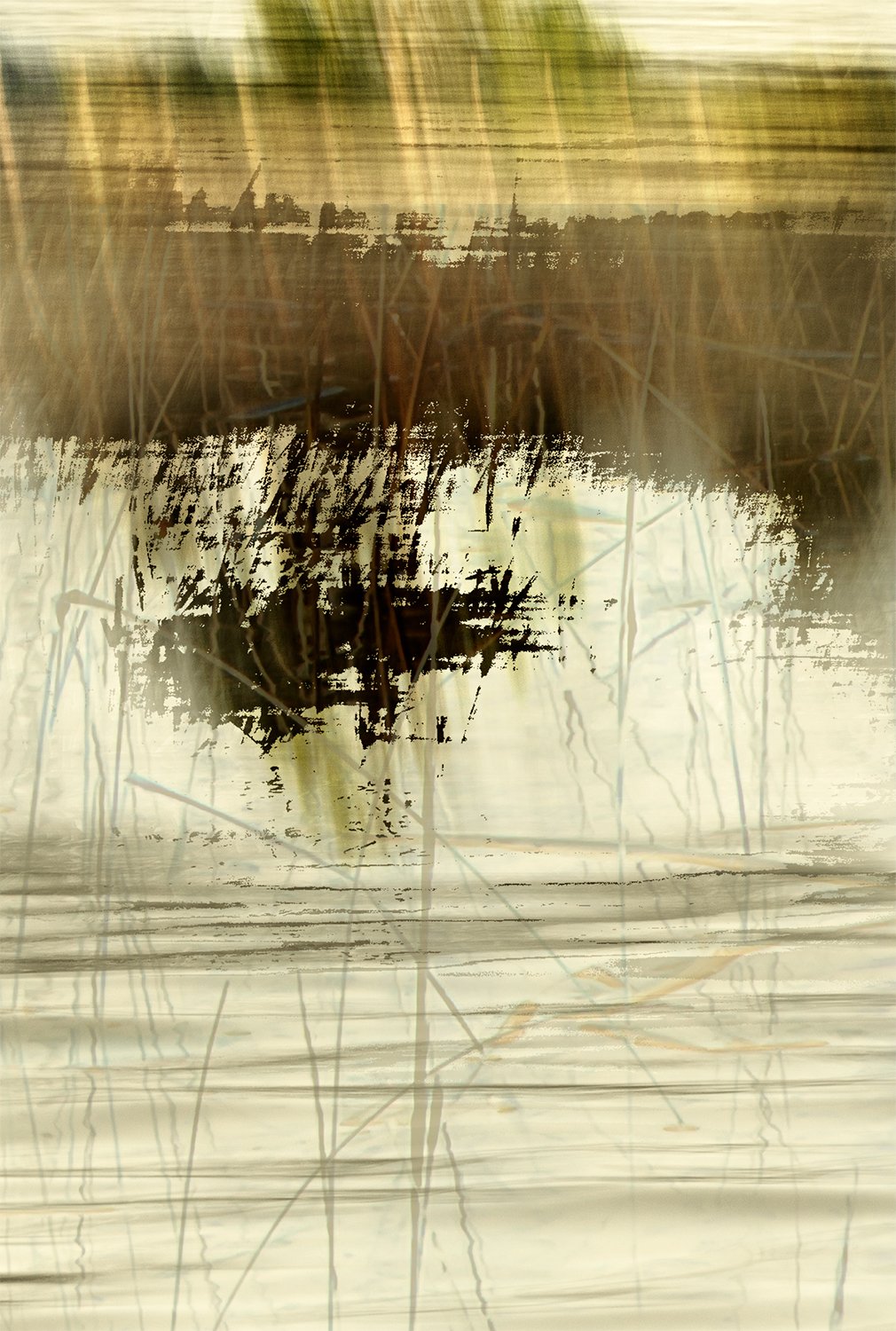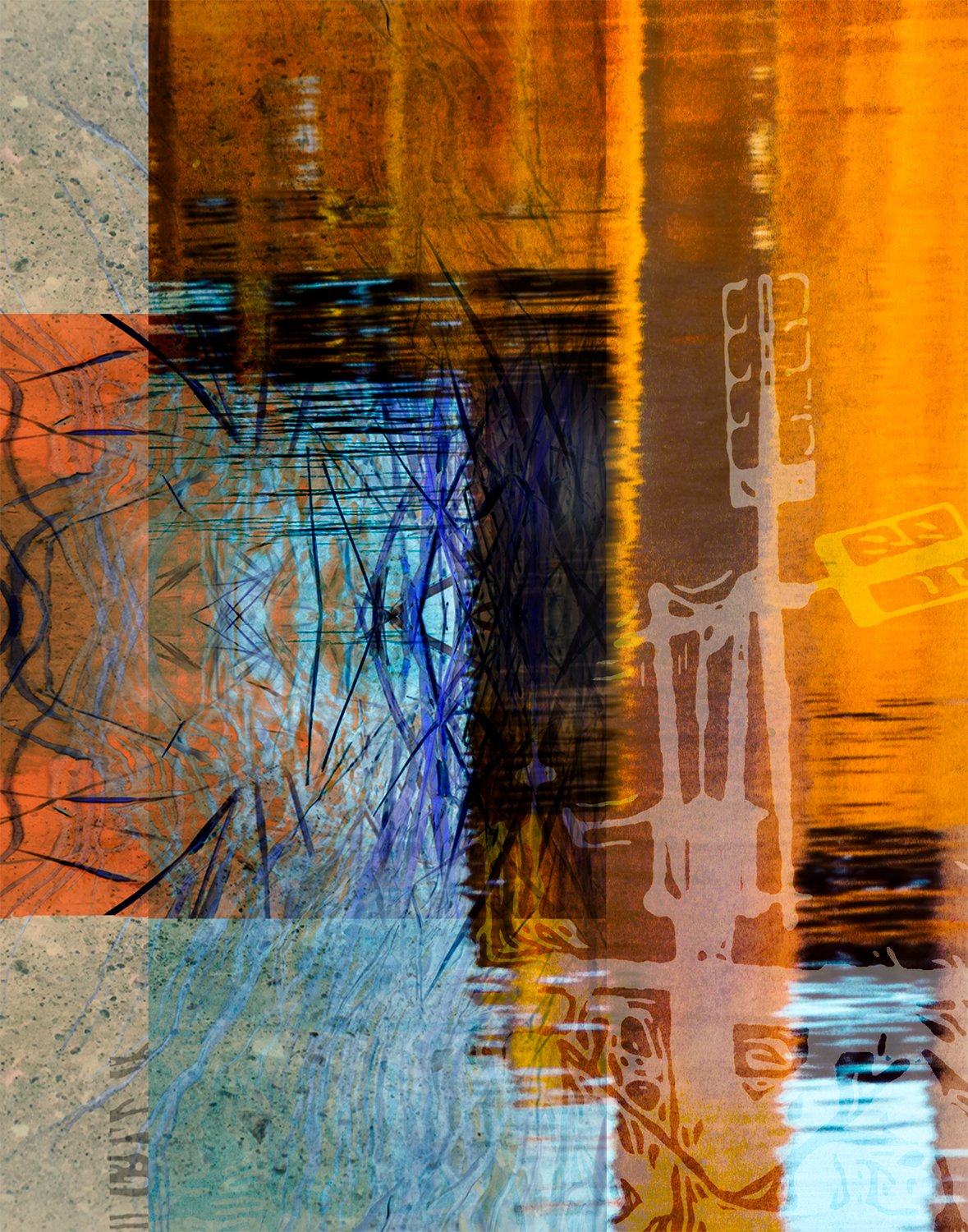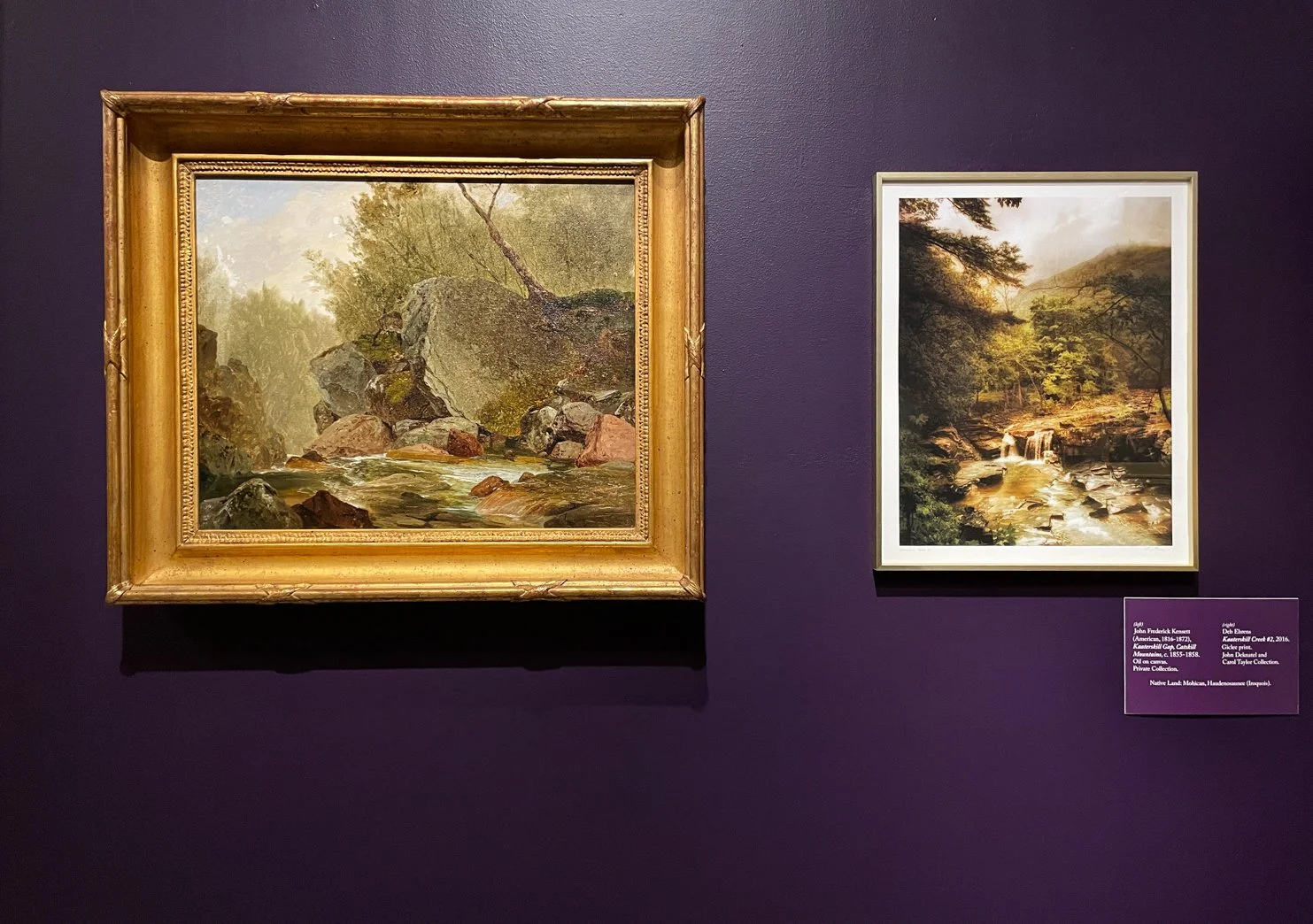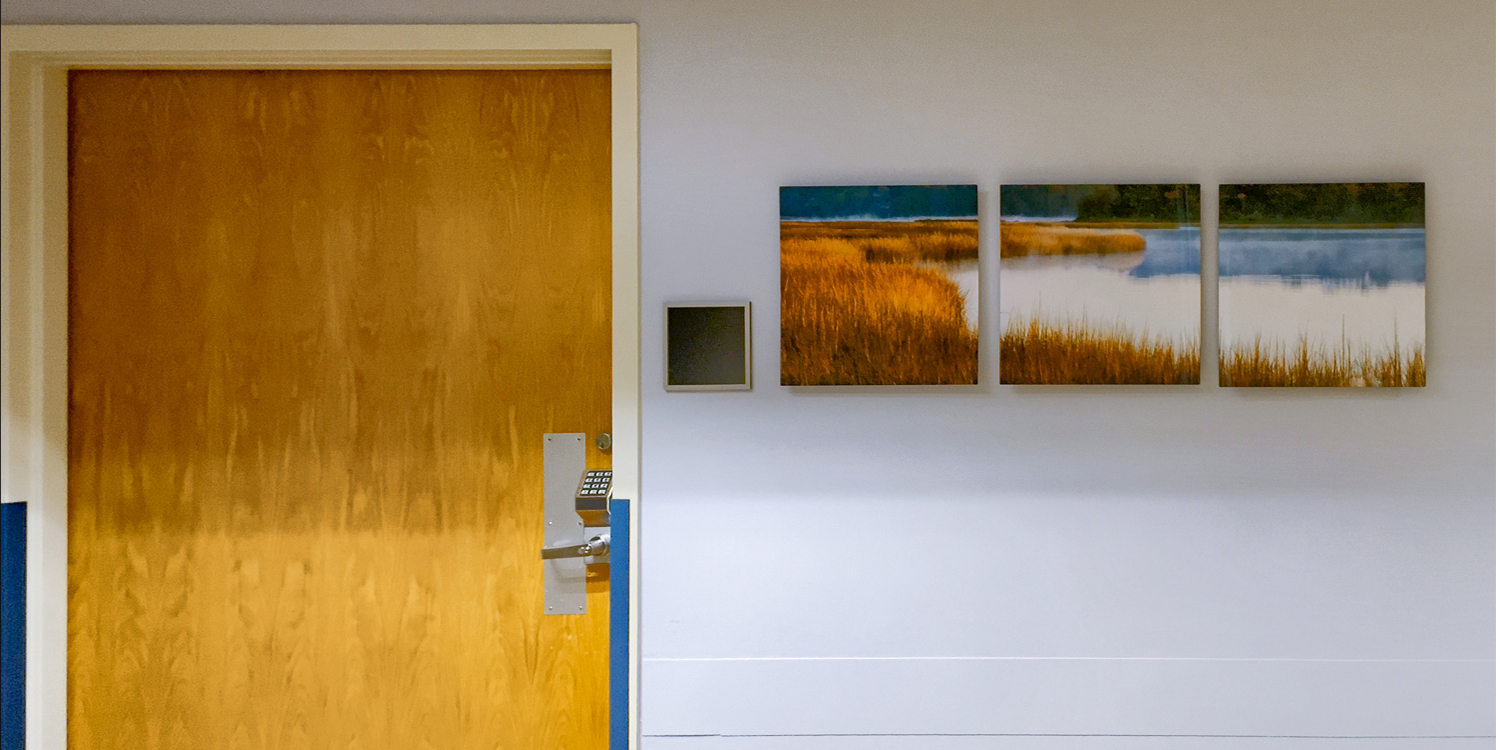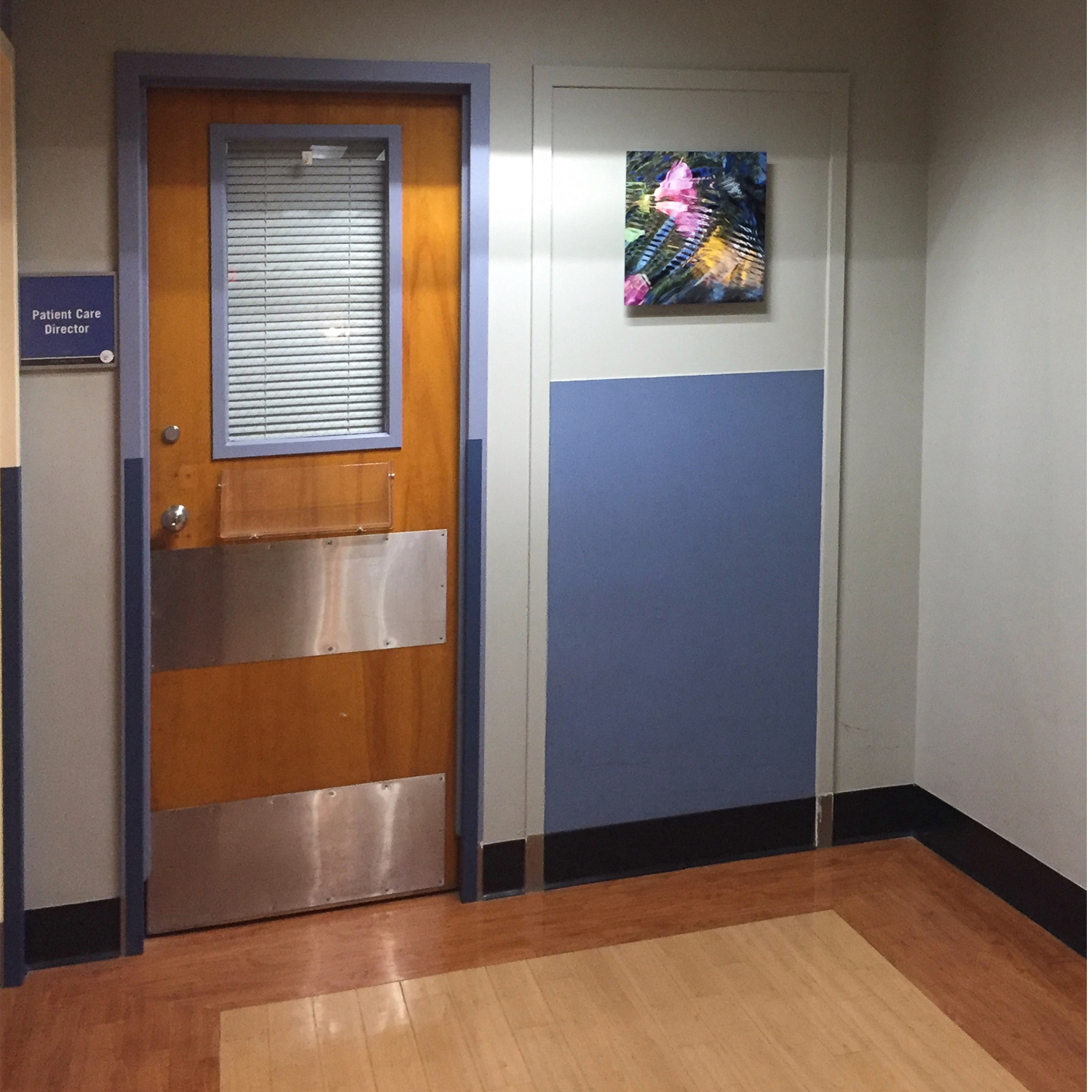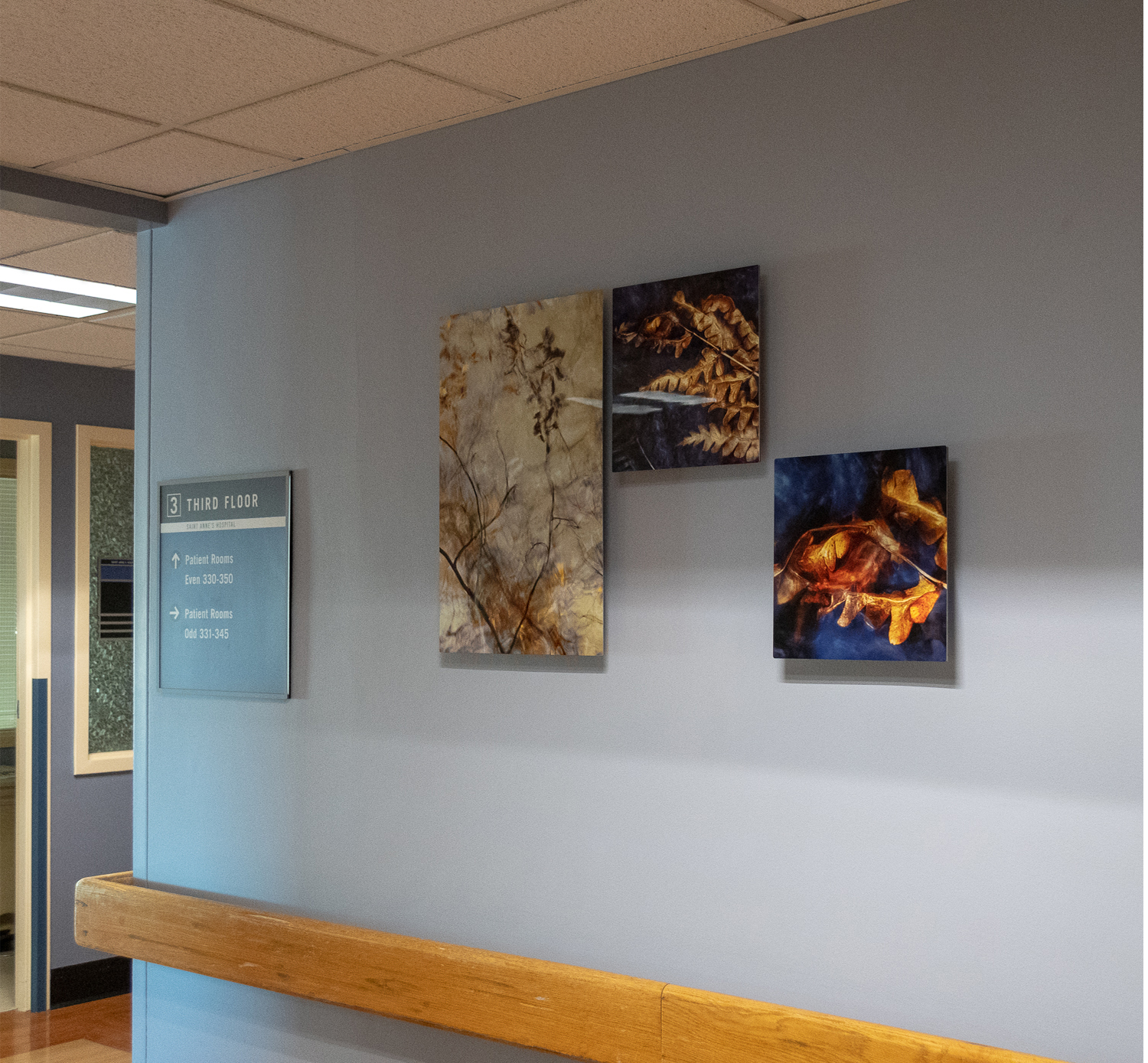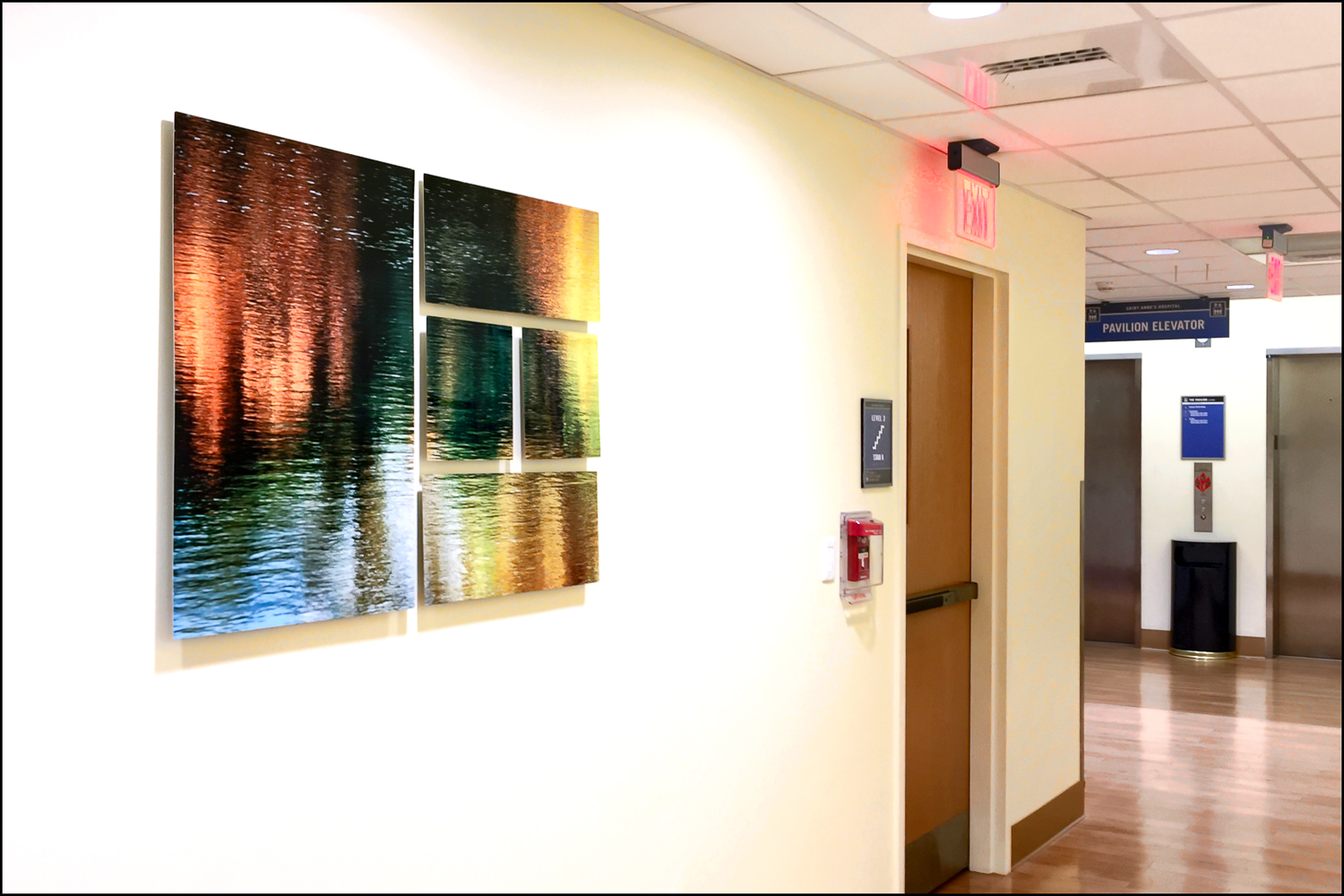Last week, my friend asked, “How is your sabbatical going?” I couldn’t find any words. All I had was an image of a deeply dinged aluminum coffee percolator sitting on a red-hot stove ring. I was back in my college kitchen, listening to the burbling water and smelling the aroma of burned coffee.
Being on sabbatical is a bit like sitting in that long-ago student kitchen. All my senses are engaged, waiting, observing, listening, and hoping that what comes out of the percolator will be drinkable.
In the past, a road trip meant lots of podcasts and audiobooks. But last November, it was quiet in the car as my eyes devoured the landscape in a new way. The night before leaving, I finished reading all of the essays that accompany RE/FRAMING THE VIEW: NINETEENTH-CENTURY AMERICAN LANDSCAPES, on view at the Whaling Museum until May 25, 2023. The thoughtful commentary has me rethinking my relationship to landscape imagery as an artist and a viewer.
Another pot brewing is kinetic, three-dimensional forms. After the Marine Heatwaves project, I am eager to explore how I can take botanical imagery off the wall in new ways. As I wander through art galleries, looking at materials, surfaces, mark-making, forms, and shapes, new ideas start percolating.
Yesterday, I walked in Plaza Blanca, a unique geologic landscape made famous by Georgia O’Keefe and other painters. It was a day to enjoy the beauty of the place and the gift of the iPhone.



